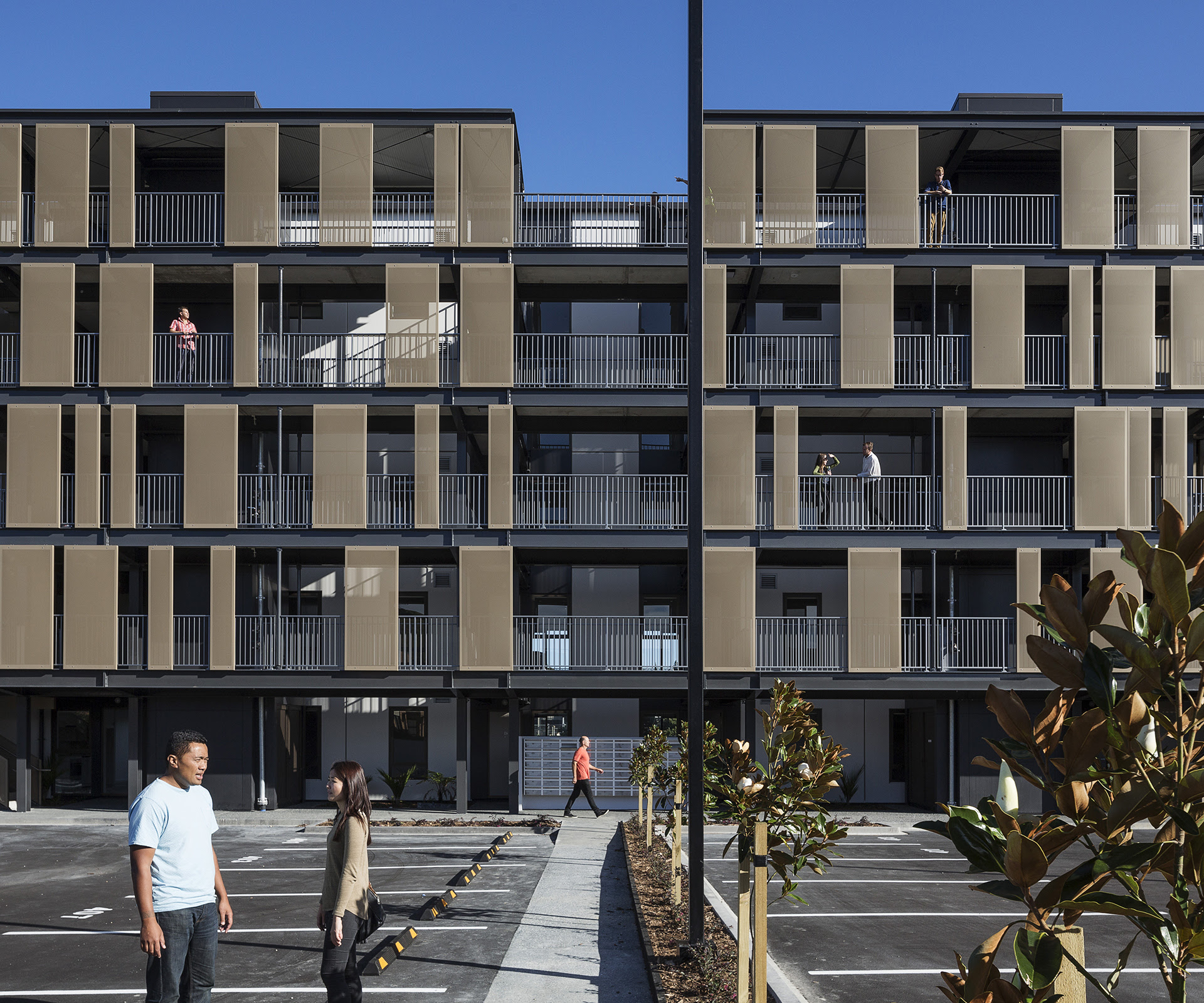The economist who co-wrote the book Generation Rent with his wife, Selena Eaqub, says the Auckland housing crisis is solvable – and density is a key tool to help that happen

Shamubeel, what difference can building denser neighbourhoods make in solving New Zealand’s housing crisis, particularly in Auckland?
It’s a very big part of the solution. Density allows us to supply houses – which Auckland is short of – at the same time as it allows better use of parks and infrastructure: transportation, water, electricity and civic amenities. I’m never going to pretend it’s all about density, because it’s important to ensure there are choices for everybody. We’re not trying to co-opt people into living a life they don’t want to live. But for me, well-designed density is a bigger part of the solution than sprawl can ever be. We are very constrained when it comes to infrastructure. If we sprawl more, we can never build enough roads for all the people who want to live in Auckland.
What do you mean when you talk about density? What sort of density are you thinking of?
There has been a lot of fear-mongering about density. The characterisation of it has been very wrong and that’s where people are anxious. We have been sold this image of towering apartments all over our suburbs. But when I think about density in a place like Auckland I’m not thinking about massive high-rise apartments. We don’t need that. Auckland will never be Hong Kong. It’s about two- or three-storey buildings, maybe some row houses, maybe buildings with a shared courtyard.
In the CBD you will always have massive apartment blocks because of the value of the land. But I envisage large areas outside the CBD that are allowed to go a bit higher and give us more options than these McMansions that seem to be built, these five-bedroom houses that maybe have four people living on a site that could hold five or six terrace houses with a couple in each house. This mismatch between demand and supply has very much to do with regulations – the cost of land and the restrictions on density in most parts of Auckland. We’ve built enough houses in the last 30 years, but we have not built them for young people and poor people. The way the rules currently work is that it makes more sense for developers to build a four- or five-bedroom house instead of smaller units. [By not allowing enough well-designed density] we’ve created this regulatory construct which has forced us to build these McMansions.
What do you say to people who claim that the city needs to expand its limits rather than increase density within its existing boundaries?
With greenfield development, there isn’t enough transparency around the full costs. With it comes costs of infrastructure, as well as delays and congestion on the roads. But we also need to question the method by which we fund new developments. At the moment, the way we fund them is by bringing forward all the costs to the present day. I would like us to explore ways of paying for infrastructure in a way that targets people who benefit from it over time – like infrastructure bonds. Infrastructure is intergenerational. The stuff we use today, a lot of it was built 50 to 100 years
ago, but we expect people to pay for that up front. And when you load this cost onto the homes in a new development, you increase costs overall and exclude a large majority of people who might have been able to afford something like this. Also, good design is key. I’m very fearful that if we don’t do design well we will just end up with ghettos.

Are you optimistic about our ability to change this?
I’m optimistic that the problem is solvable. It just requires leadership and a commitment to act. Am I optimistic that it will happen soon? No. I think our politics is cruel and heartless, and I think the populous has to guilt the politicians of the day into action. We have to vote and have our voices heard. It’s not about National and Labour. There are many decades of policy failure that we’re trying to catch up with. We have gotten trapped into this weird us versus them mentality on density, but that needn’t be the case, as we’re doing this for future generations: it takes 30 to 40 years for land-use policies to have an effect. But at the moment our politics are about being re-elected, not about civic duty. A sense of civic duty does not exist in most of the muppets that are standing. We will not see the kind of action we need when we are in this impasse. The easiest way to knock this housing crisis is to build state houses again. And we know that if you pull all the available policy levers together we can change this crisis. If we don’t, we can see that our children and grandchildren are going to be worse off than we are. There’s something weird and unnecessary about that.
[related_articles post1=”52938″ post2=”53761″]




